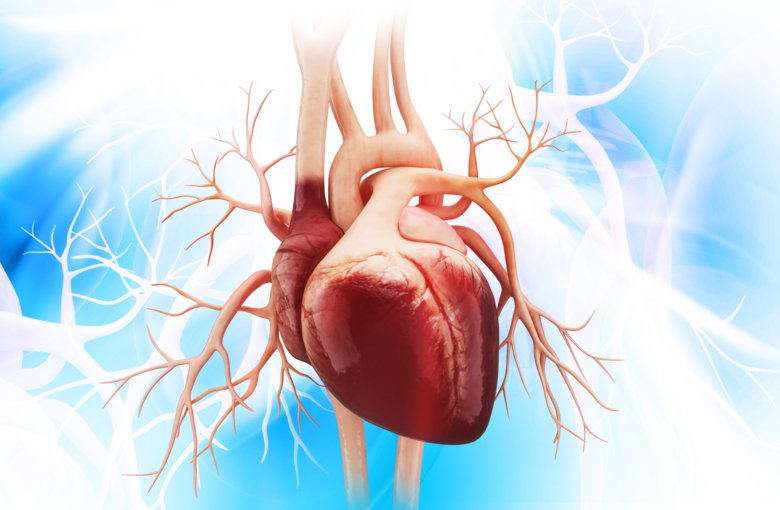Gene networks can explain up to 60 percent of hereditary risk of cardiovascular disease

Researchers at Karolinska Institutet and the Icahn School of Medicine at Mount Sinai in USA, have mapped how genes work together to cause cardiovascular disease. The study published in Nature Cardiovascular Research, suggests that that nearly 60 percent of the risk associated with coronary artery disease may be explained by regulatory gene networks.

Johan Björkegren, researcher at the Department of Medicine, Huddinge, Karolinska Institutet and professor at the Icahn School of Medicine at Mount Sinai, USA, is senior author of the extensive study that began almost 20 years ago. The study suggests that nearly 60 percent of the risk associated with coronary artery disease may be explained by the activity of multi-organ, regulatory gene networks. Moreover, fat processing hormones may play a central role in coordinating this activity.
The researchers compare the identified networks with air traffic: “Just as a delay at an airport often affects flight routes throughout the traffic network, we found that a small change in the activity of key genes in a tissue can have a major impact on the activity of genes in completely different tissues in the body. This activity can lead to cardiovascular disease for example”, says Johan Björkegren.
Important results for the development of precision medicine
Risk factors such as high cholesterol, high blood pressure, high blood sugar and obesity, can involve a variety of organs. Very little is known about how slight differences in a person’s DNA sequences may alter gene activity to produce coronary artery disease. To address this issue, researchers obtained tissue samples from 850 patients with and without coronary artery disease during open breast surgery. Gene activity was determined by measuring the levels of RNA molecules in tissue samples from blood, liver, skeletal muscle, visceral abdominal and subcutaneous fat, and two pieces of the arterial wall taken from different parts of the heart.
“We hope that these network maps we have found, will give researchers the mechanistic framework needed to combat cardiovascular disease and develop more precise and personalized therapies,” says Johan Björkegren.
The news article is based on a press release from the Icahn School of Medicine at Mount Sinai.
Publication: “A mechanistic framework for cardiometabolic and coronary artery disease - The Stockholm-Tartu Atherosclerosis Reverse Network Engineering Task (STARNET) study,” S. Koplev et al, Nature Cardiovascular Research, 12 januari, 2022
